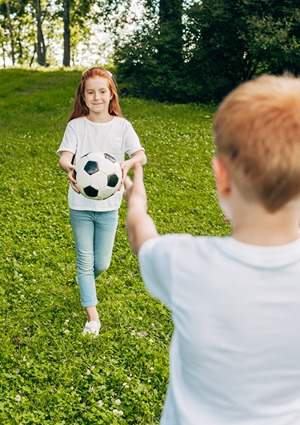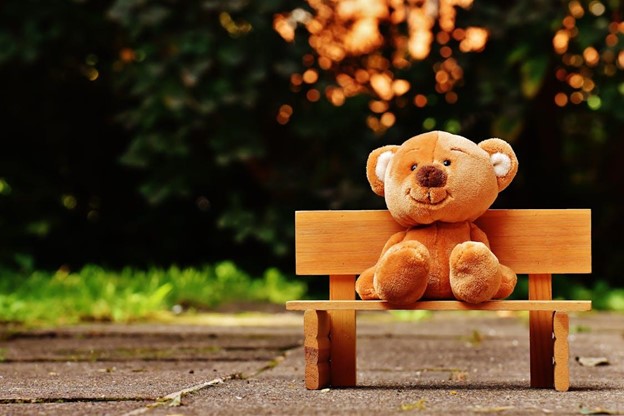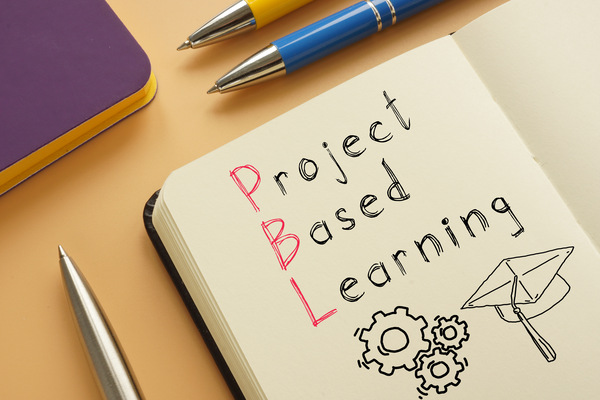Why Your Family Should Visit Colorado for Vacation
Need a family getaway spot that caters to everyone? Colorado is a great option for adventurous crews. Packed with stunning landscapes, exciting activities, and a rich history, it’s the ideal destination for families seeking adventure and quality time together. Here’s why your family should visit Colorado for vacation.
There’s So Much To Learn
Colorado isn’t just about breathtaking landscapes; it’s also a treasure trove of educational experiences. The state boasts numerous museums, historical sites, and cultural centers that provide fascinating insights into its unique heritage.
For example, there are plenty of family-friendly museums in Colorado, including the Colorado Railroad Museum and the Fort Collins Museum of Discovery.
Don’t Neglect Nature’s Museum
Don’t forget—the outdoors is also a museum! For example, you can step back in time at the Mesa Verde National Park to learn about the ancient Ancestral Puebloans and their intricate cliff dwellings. Your family will never run out of things to learn in the Centennial State, both inside and outside.
You Can Reconnect With Nature Together
If your family enjoys camping, hiking, and basically anything outdoorsy, Colorado is practically a must-visit destination. Home to part of the Rocky Mountains, the state lets you and your crew trek through scenery laden with forest, rivers, peaks, and wildlife.
And it’s not just the Rockies. Your family can fish, off-road, ski, raft, canoe, climb, and so much more throughout the entire state. It’s a veritable playground for adventure lovers.
The state is particularly wonderful for families wanting to camp. This activity is popular in Colorado, so it’s easy to find clean, safe, family-friendly campsites. There’s no better place to enjoy the educational perks of family wilderness getaways and bond as a family.

There Are Several Family-Friendly Festivals and Events
Time your visit just right, and your family can take part in some of Colorado’s unique festivals and events. From the vibrant Colorado Renaissance Festival to the balloon festivals hosted throughout the year, these events offer a unique glimpse into the state’s diverse culture and creativity. Enjoy live music, local crafts, and delicious food while creating unforgettable family moments.
You’ll Find Food for All Palates Big and Small
Colorado might not be the first place that comes to mind when you think of foodie destinations, but one visit will change that perception. The state’s culinary scene is thriving, offering everything from farm-to-table dining experiences to unique local flavors.
Savor a delicious buffalo burger, indulge in artisanal cheeses, or explore food markets brimming with fresh local produce. Because there’s so much good stuff to eat, your family won’t struggle to find meals that every member can enjoy—no matter how picky.
So there you have it. Colorado truly has it all: adventure, education, natural beauty, and culture. It’s the perfect canvas for creating unforgettable family memories. If your family visits Colorado for vacation, you’re choosing a journey filled with meaningful experiences and excitement. Are you ready to pack your bags?
Explore more places to travel in the United States:
Read why you need to take a family trip to the smoky mountains.








